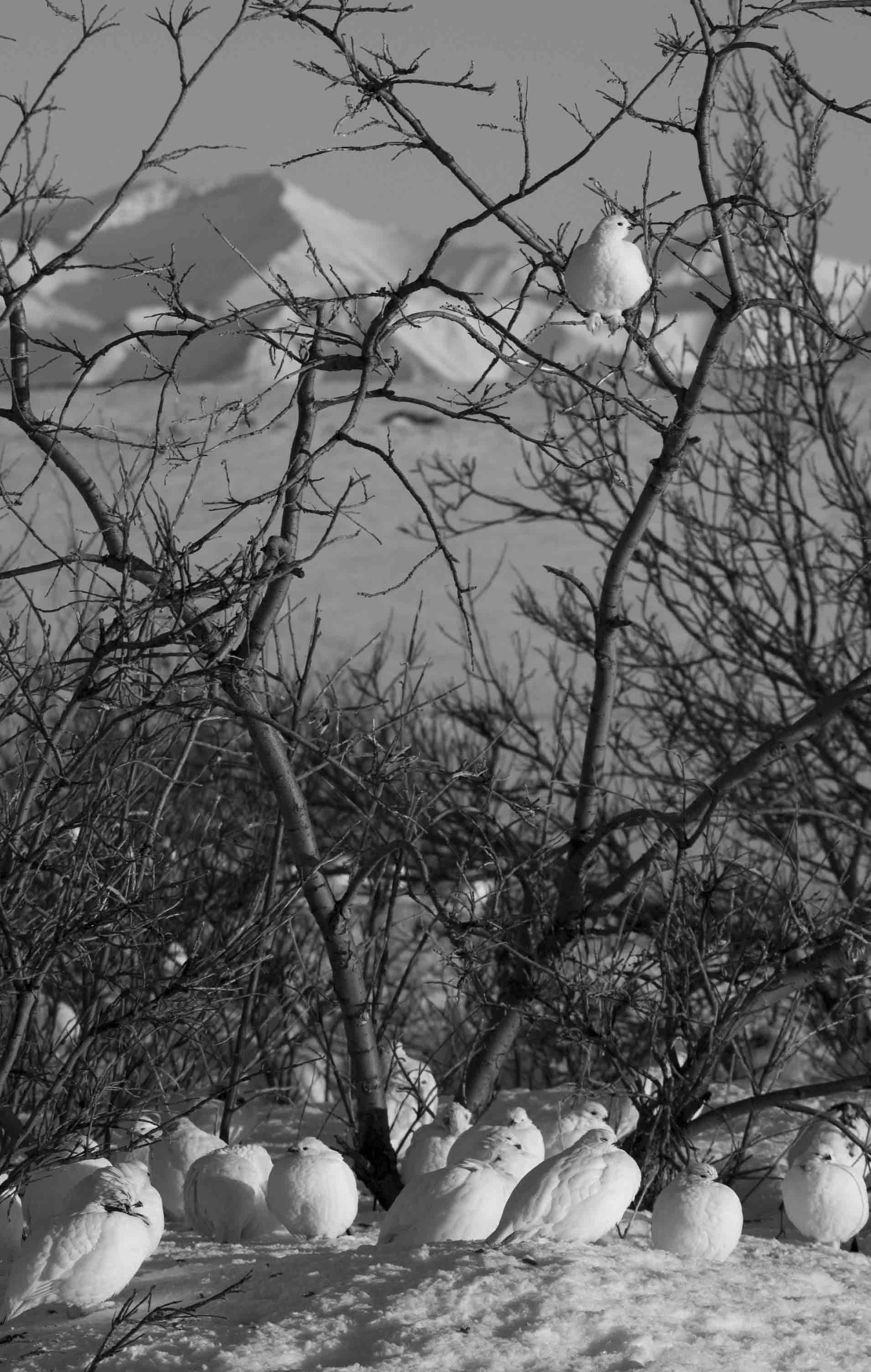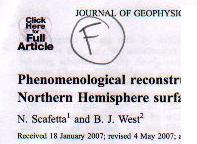France has a per capita carbon emission of 1.64 tonnes, compared to 2.67 tonnes for the U.K and 5.61 tonnes for the US. So, if anybody has earned the right to rest on their laurels and pontificate to the rest of the developed world about what they should be doing, you’d think it would be France. Far from it, under the leadership of Nicolas Sarkozy, France has embarked on an ambitious program of deeper carbon reductions. In introducing the measures, Sarkozy said "The guiding principle is that the cost to the climate — the carbon cost — will be integrated into planning of all major public projects, and into all deliberations affecting the public." These measures include: a commitment that all new buildings would be net energy producers by 2020, incandescent lighting would be banned by 2010, buyers of efficient vehicles would be subsidized, drivers of inefficient vehicles would be penalized, and road construction would be severely curtailed in favor of expanded rail travel using state-of-the-art French TGV technology. A carbon tax is also being seriously contemplated. These proposals are the result of an intensive months-long series of discussions with scientists and stakeholders such as environmental nongovernmental organizations, industry representatives, and labor union representatives. The process, known as Le Grenelle de l’Environnement, was described here by Nature (subscription required) and a summary of some of Sarkozy’s proposed actions was reported in the press here.
All the same, there has been some pushback from a vocal pair of highly decorated French academicians, Claude Allègre being the most prominent and noisiest of the two. In recent years, Vincent Courtillot has emerged as a reliable sidekick to Allègre — a Dupont to his Dupond — helping to propagate Allègre’s claims and adding a few of his own. Both are members of the Académie des Sciences, and Allègre has been awarded both the Crafoord Prize and Bowie Medal. Allègre has an impressive list of publications relating to the Earth’s interior, and besides that was Minister for Education, Research and Technology in the Jospin government. Courtillot — currently director of the Institut de Physique du Globe de Paris (IPGP) — has had a distinguished record of research on fundamental aspects of geomagnetism and is currently President of the Geomagnetism and Paleomagnetism Section of the American Geophysical Union. Their views were amply (some would say more than amply) represented at a symposium on the IPCC report, held last Spring at the Academie (See the issue "Evolution des Climats" of La Lettre de l’Académie des sciences, and press reports in Le Figaro, Le Monde, and Liberation). What does all this mean? Are the opinions of Allègre and Courtillot founded on some special profound insight that has escaped the notice of the community of scientists who have devoted entire careers to studying climate? Let’s take a look.
[Read more…] about Les Chevaliers de l’Ordre de la Terre Plate, Part I: Allègre and Courtillot


 In Session C33A on Wednesday, Ken Tape of the University of Alaska presented a paper on the influence of ptarmigan grazing on shrubbification of the Alaskan tundra. It seems that when there is deep snow cover, ptarmigan browsing is concentrated on those few willows that stick up above the snow. They eat the buds, which inhibits willow growth. These tall willows are the ones that have managed to benefit most by climate warming, but the ptarmigan provide a stabilizing feedback, up to a point. An interesting thing is the ptarmigan don’t like to perch. 98% of the winter buds within a half meter of the snow surface get eaten, but only 48% of the buds above that browse level. So, if the shrubs grow fast enough to get above the browse level, they can beat the ptarmigans. This seems to be happening more and more.
In Session C33A on Wednesday, Ken Tape of the University of Alaska presented a paper on the influence of ptarmigan grazing on shrubbification of the Alaskan tundra. It seems that when there is deep snow cover, ptarmigan browsing is concentrated on those few willows that stick up above the snow. They eat the buds, which inhibits willow growth. These tall willows are the ones that have managed to benefit most by climate warming, but the ptarmigan provide a stabilizing feedback, up to a point. An interesting thing is the ptarmigan don’t like to perch. 98% of the winter buds within a half meter of the snow surface get eaten, but only 48% of the buds above that browse level. So, if the shrubs grow fast enough to get above the browse level, they can beat the ptarmigans. This seems to be happening more and more.
